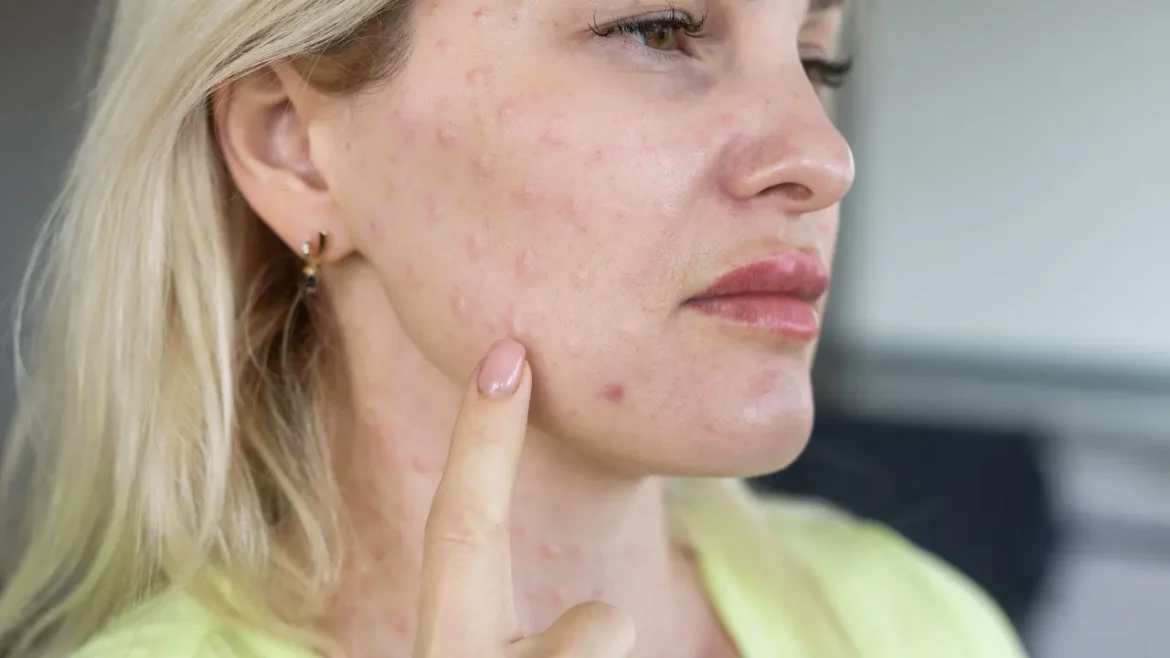Description
A persistent form of pruritus known as prurigo nodularis (PN) manifests as firm, itchy papules or nodules on one’s skin. The inflammatory skin disease affects mainly adults and may greatly decrease the standard of life because of the constant itching, discomfort, and possibly scarring. PN is a complicated condition with multiple etiology that frequently necessitates a multifaceted strategy for optimal care. PN lesions commonly take the form of excoriated, hypertrophic, or hyperpigmented nodules, frequently on extensor surfaces like the knees, shins, and elbows. Although the precise origin of PN is still unknown, it is thought to be a result of a confluence of immune-mediated, genetic, environmental, and neurological factors.
You May Also Like:
IS DR MERCOLA KRILL OIL TRULY A GREAT SOURCE OF DAILY OMEGA-3S?
IMPORTANT INFORMATION ABOUT BULLETPROOF KRILL OIL: A LEADING OMEGA 3 PRODUCT
Prurigo Nodularis: Description, Causes, And Treatment Protocol is an original (HealthXWire) article.
Possible Causes
It is unclear what causes prurigo nodularis (PN) specifically. However, numerous variables have been recognized as potential causes of the illness. It is thought that the etiology of Prurigo nodularis involves a number of different components, including immune-mediated, genetic, environmental, and neurological ones.
The following are some potential causes and influencing elements:
Underlying Skin Conditions: Chronic itching skin diseases like chronic prurigo, lichen simplex chronicus, or atopic dermatitis (eczema) are frequently linked to prurigo nodularis. These disorders can cause chronic itching and repetitive scratching that can result in the growth of PN-specific nodules.
Immune Dysregulation: Prurigo nodularis is believed to develop as a result of immune-mediated causes. Persistent itching, inflammation, and nodule growth can all be caused by abnormal immunological responses, like immune system dysregulation and increased inflammation.
Genetic Predisposition: Prurigo nodularis has been seen to run in families, therefore it may have a hereditary component. PN may arise as a result of particular genetic variables and polymorphisms that affect the body’s immune system, barrier function on the skin, or itch perceptions.
Neurological Factors: According to theory, prurigo nodularis develops as a result of immune-mediated mechanisms. Persistent itching, inflammation, and nodule growth can be caused by abnormal immunological responses, involving heightened inflammation and immunological dysfunction.
Skin Irritation and Trauma: PN can be started or made worse by skin damage, frequent scratching, and irritation. Nodules may form out of insect bites, recurrent scratching brought on by various skin issues, or irritation.
Underlying Systemic Diseases: Acute renal failure, HIV infection, liver conditions (including primary biliary cholangitis or hepatitis C), and a few autoimmune diseases have all been connected to prurigo nodularis. These circumstances may make it more likely for PN to develop.
Environmental Factors: In those who are vulnerable, environmental variables that include dry weather and exposure to allergies, irritants, or specific chemicals may cause or aggravate prurigo nodularis.
Psychological Factors: Depression, anxiety, and stress are psychological conditions that can worsen or cause PN to occur. The intensity of symptoms along with itch perception and scratching activity might be affected by psychological and emotional strain.
Exacerbating and Mitigating Factors of Prudigo Nodularis
While some actions can assist reduce or lessen the discomfort connected with the disease, other variables can intensify or aggravate PN symptoms. Effective PN management requires an understanding of these aggravating and mitigating elements. The following are some important things to take into account: –
The exacerbating factors to look out for include the following:
Heat and Sweating: People with PN may experience itching that is brought on or made worse by prolonged exposure to heat, excessive humidity, and heavy sweating. These factors may be reduced by remaining cool, avoiding heated settings, and wearing breathable clothes.
Scratching and Rubbing: Chronic rubbing or scratching of the afflicted regions can exacerbate PN symptoms and cause the development of additional nodules. Additionally, it may traumatize the skin, causing irritation and inflammation to worsen.
Dry Skin: Itching is more likely to occur on dry skin, which can exacerbate PN symptoms. Higher sensitivities and discomfort may be caused by inadequate skin moisture. Regular moisturizing can help relieve dryness and lessen irritation.
Pressure and Friction: Itching can be made worse by friction from tight clothes or pressure applied to the afflicted region, which can also cause the development of additional nodules. These risks can be reduced by avoiding extreme skin pressure and dressing comfortably and loosely.
Emotional and Stress-related Factors: Itching and PN symptoms might be made worse by anxiety, psychological strain, and emotional issues. Exacerbations brought on by stress can be controlled with the help of stress management strategies, relaxation exercises, and expert mental health care.
The mitigating factors include the following:
Detecting and Preventing Triggers: Maintaining a journal to note particular triggers that make PN symptoms worse can be beneficial. When these triggers are known, avoiding or reducing exposure to them can greatly lessen itching and irritation.
Gentle Skin Care: Skin irritation might be minimized and the chance of PN symptoms getting worse by using moderate, hypoallergenic skincare items without any fragrance.
Cool Compresses: Cool compresses may relieve the skin and offer temporary comfort from itching in the areas affected. Additionally, it can ease sensitive skin and decrease inflammation.
Moisturization: In order to manage PN, skin must be thoroughly and regularly moisturized. Following a bath or shower, moisturizers may seal in moisture and keep skin hydrated, decreasing irritation and dryness.
Stress Reduction Method: It is possible to lessen the severity of PN symptoms by incorporating stress-reduction practices into daily living, like yoga, deep breathing exercises, meditation, and being involved in enjoyable activities.
Supportive Clothing: Wearing comfortable, loose-fitting clothing can assist prevent discomfort by reducing friction and irritating skin. Selecting materials that are breathable may assist to control body temperature and reduce perspiration.
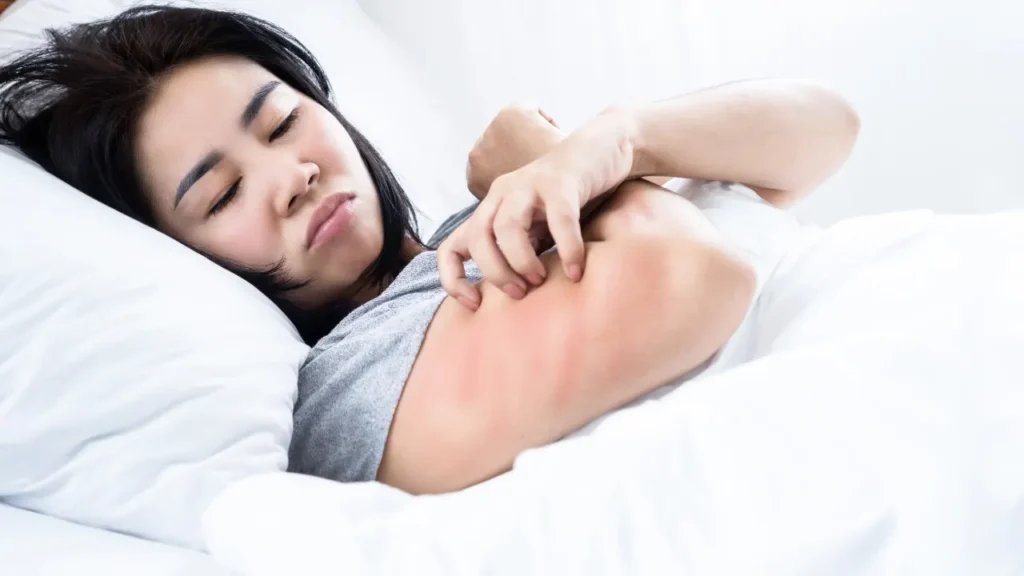
Standard Treatment Protocol
Prurigo nodularis (PN) is normally treated in a stepwise manner, starting with conservative approaches and moving up to more potent medications as needed. The main targets of therapy are to stop itching, lessen the number and dimension of nodules, and enhance the patient’s standard of life. The seriousness of indications, co-morbidities, and reactions to therapy should all be taken into consideration when creating treatment programs for specific individuals. Following is a typical PN treatment plan: –
Topical Treatments: These include:
- Topical calcineurin inhibitors: When treating sensitive skin areas, pimecrolimus and tacrolimus creams may be utilized as an alternative or supplement.
- Topical corticosteroids: Itching and inflammation may be reduced by applying mild to moderate-strength corticosteroid lotions or ointments to the afflicted regions.
- Local anesthetics: Itching and discomfort may be temporarily relieved with topical pramoxine or lidocaine.
Systemic Treatments: These include the following:
- Oral corticosteroids: For significant acute exacerbations, oral corticosteroids can be prescribed for brief periods of time; however, prolonged administration is typically not advised due to possible side effects.
- Oral antihistamines: Itching relief and better sleep can both be achieved with the aid of non-sedating antihistamines like fexofenadine or cetirizine.
- Immune modulators: For severe and resistant instances, systemic immune modulators like methotrexate or cyclosporine can be tried. These drugs aid in immune system suppression and inflammation reduction.
Physical Modalities: These include the following:
- Cryotherapy: The irritation and inflammation in specific nodules can be reduced by localized cryotherapy using liquid nitrogen.
- Phototherapy: In some circumstances, especially when topical therapies are ineffective, psoralen plus ultraviolet A (PUVA) therapy or narrowband ultraviolet B (NB-UVB) phototherapy may be helpful.
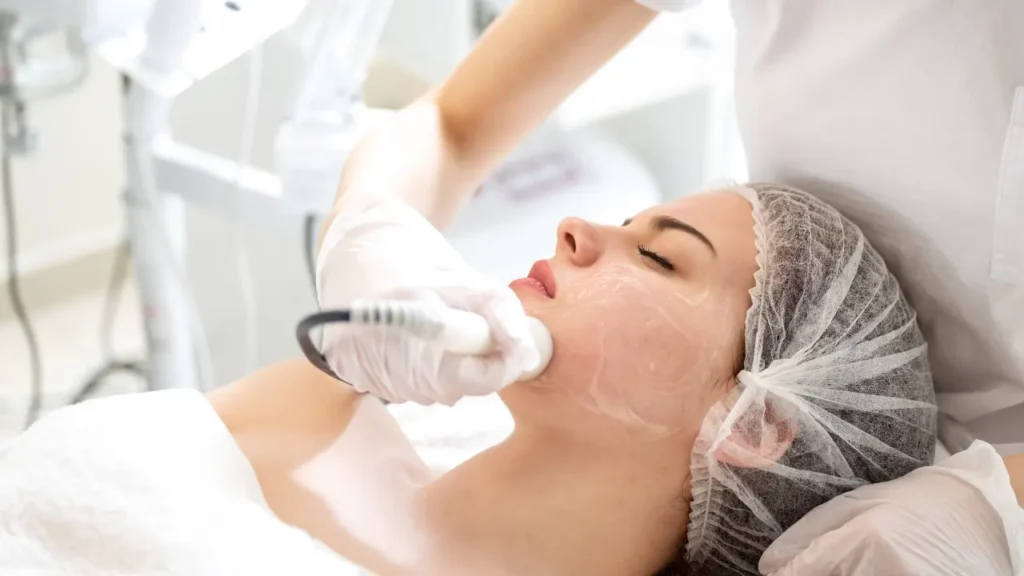

Treatment Options
Alternative therapies may be used in conjunction with conventional treatments to increase their effectiveness or to offer more alleviation.
These different options consist of the following:
- Capsaicin: The affected regions may be treated using topical capsaicin cream, a compound obtained from chili peppers. It functions by lowering the levels of substance P, which is a neurotransmitter responsible for transmitting itch signals.
- Thalidomide: Thalidomide has demonstrated effectiveness in lowering pruritus and improving lesions, making it reserved for acute and refractory conditions. Due to probable negative effects, it must be taken with caution, and strong pregnancy prevention measures are needed.
- Gabapentin or Pregabalin: By regulating nerve impulses, these drugs, which were first created to treat neuropathic pain, can lessen the pruritus brought on by PN.
- Psychosocial Support: Patients with considerable psychological suffering due to PN may benefit from cognitive-behavioral therapies, counseling, or support networks.
Nutritional Supplements: These include the following: –
- Vitamin D: The symptoms of PN may be lessened by sufficient vitamin D levels’ immunomodulatory effects.
- Omega-3 Fatty Acids: Omega-3 fatty acid-rich fish oil supplements possess anti-inflammatory characteristics and might decrease inflammation and pruritus.
Natural and Herbal Remedies: These include the following: –
- Aloe Vera: Aloe vera gel applied topically might help the afflicted skin heal while also having soothing properties.
- Witch Hazel: Witch hazel may be applied topically to relieve itching and minimize inflammation.
- Chamomile: Compresses or lotions made from chamomile tea contain anti-inflammatory qualities that could help alleviate irritation and inflammation.
However, the safety and efficacy of natural remedies and adjunct therapies can vary, despite the possibility that they may provide extra benefits. Before beginning any new therapies or supplements, patients should get advice from a healthcare provider to ensure proper consumption and reduce the chance of side effects. To track the effectiveness of the treatment and modify the plan as necessary, regular follow-up visits with a dermatologist are crucial.
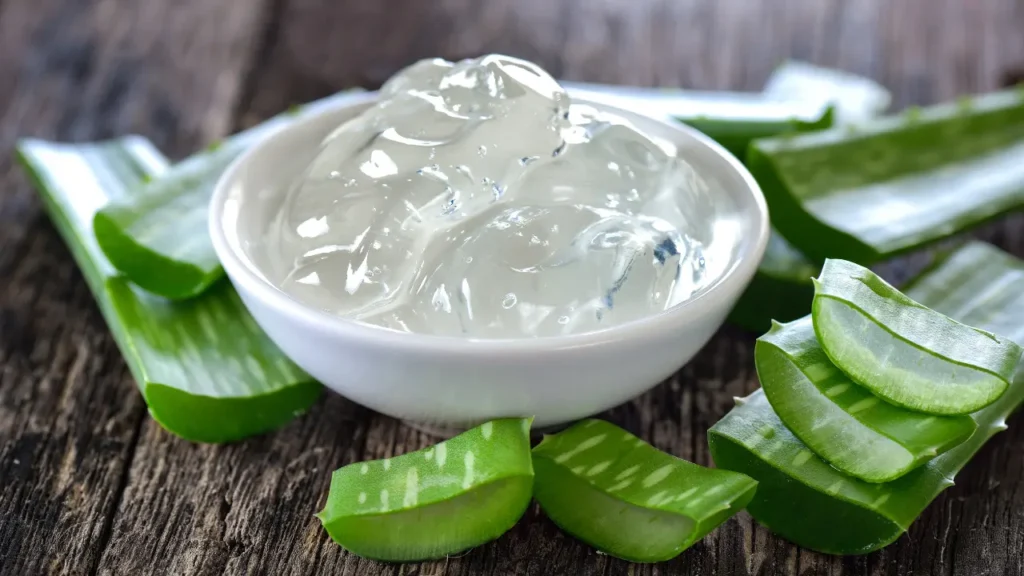

Prurigo Nodularis Conclusion
Managing and treating prurigo nodularis (PN) requires a comprehensive approach considering its complex etiology. The potential causes, including underlying skin conditions, immune dysregulation, genetic predisposition, neurological factors, skin irritation, and systemic diseases, highlight the intricate nature of PN.
Recognizing symptoms and patterns of manifestation is crucial for effective management. Factors such as heat and sweating, scratching, dry skin, pressure, and emotional stress can worsen symptoms, while strategies like cool compresses, moisturization, stress reduction, and supportive clothing can provide relief.
If you dwell on the concepts we’ve covered in this guide, you’ll have a much better chance at curbing any lasting harm from the rare disease. However, regular follow-ups and consideration of individual factors are essential for tailoring treatment plans. In the end, always consult with your medical doctor to affirm anything you read online as treatment should never be handled alone.
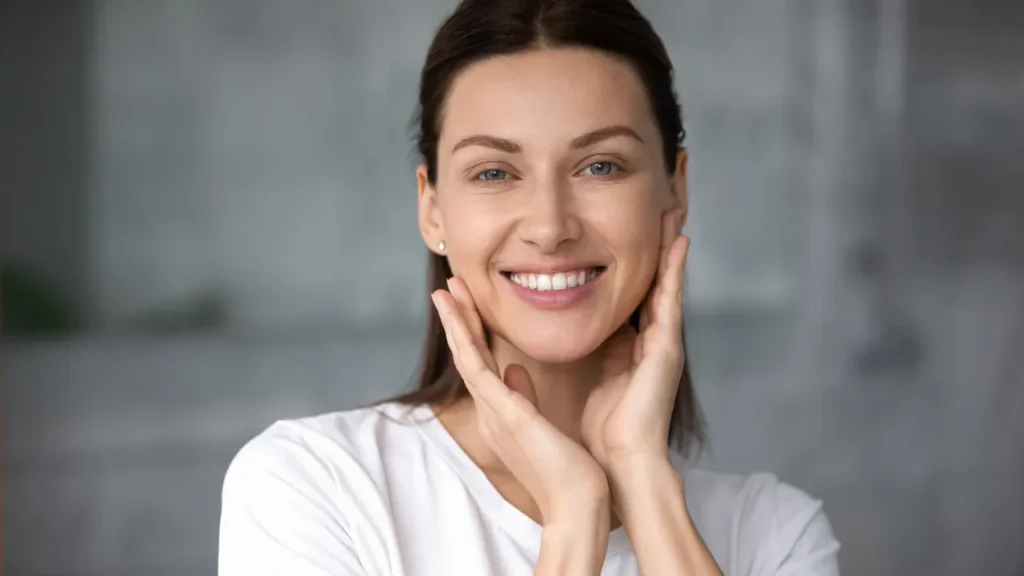

Additional resources for further reference
- Prurigo Nodularis. Retrieved from: https://rarediseases.org/rare-diseases/prurigo-nodularis/
- Prurigo Nodularis. Retrieved from: https://www.ncbi.nlm.nih.gov/books/NBK459204/#:~:text=Prurigo%20nodularis%20(PN)%20is%20a,occur%20in%20any%20age%20group.
- Prurigo Nodularis. Retrieved from: https://emedicine.medscape.com/article/1088032-overview
Important Note: The information contained in this article is for general informational purposes only, and should not be construed as health or medical advice, nor is it intended to diagnose, prevent, treat, or cure any disease or health condition. Before embarking on any diet, fitness regimen, or program of nutritional supplementation, it is advisable to consult your healthcare professional in order to determine its safety and probable efficacy in terms of your individual state of health.
Regarding Nutritional Supplements Or Other Non-Prescription Health Products: If any nutritional supplements or other non-prescription health products are mentioned in the foregoing article, any claims or statements made about them have not been evaluated by the U.S. Food and Drug Administration, and such nutritional supplements or other health products are not intended to diagnose, treat, cure, or prevent any disease.
Table of Contents

